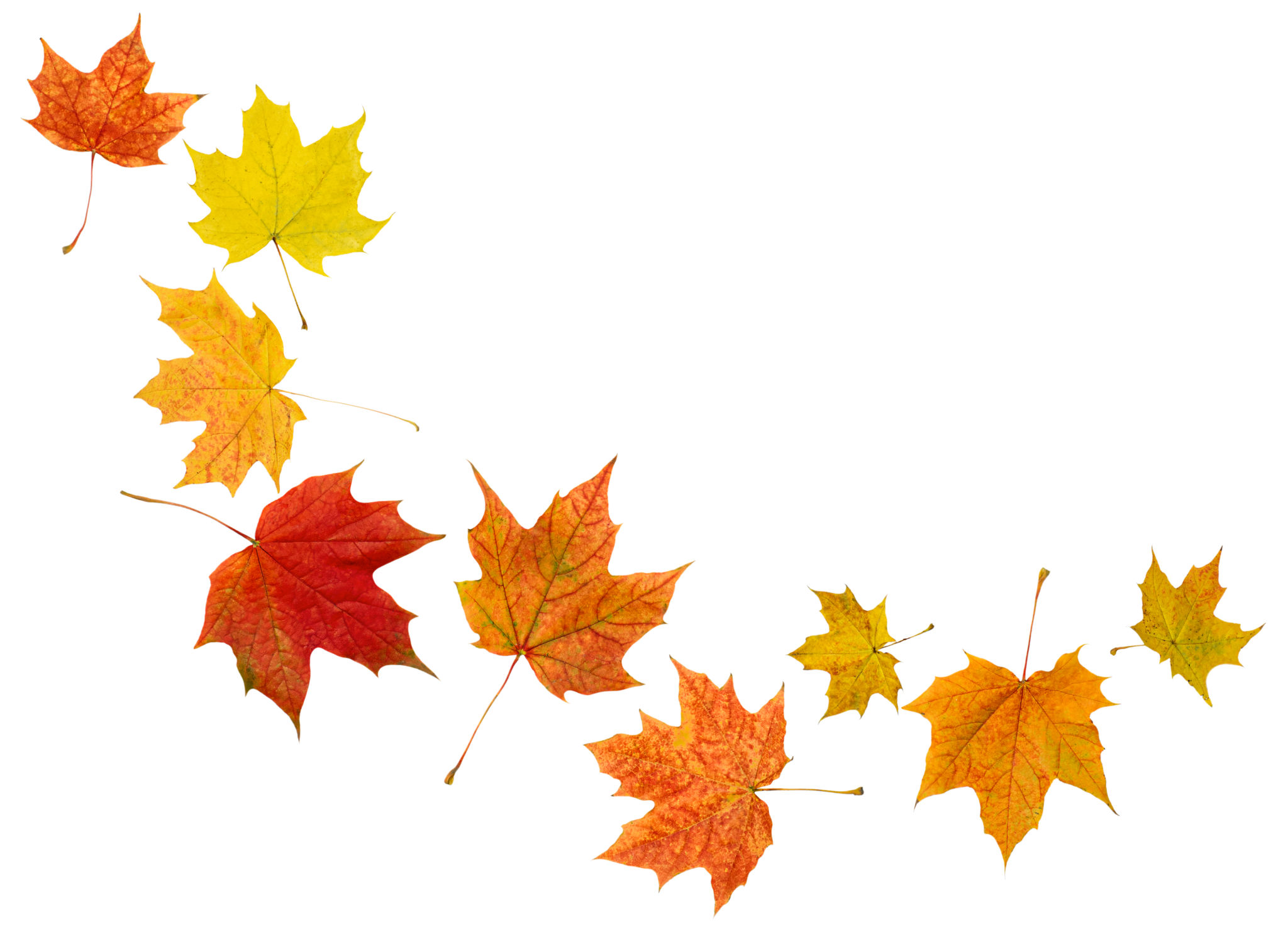Seasonal Science Projects for Students in Los Angeles
Exploring Science Through Seasons
Los Angeles, with its unique climate and diverse ecosystems, offers a fantastic backdrop for engaging seasonal science projects for students. Exploring science through the changing seasons not only enhances students' understanding of natural phenomena but also encourages them to appreciate the environment around them. Whether it's observing the life cycle of plants or understanding weather patterns, there's a rich array of projects to explore.
In this post, we'll delve into some exciting and educational science projects that align with the seasons in Los Angeles. These projects are designed to spark curiosity and foster a deeper understanding of the natural world. From fall to summer, each season brings its own set of learning opportunities.

Fall: Observing Plant Life Cycles
During the fall, students can focus on the life cycles of plants. Los Angeles offers a variety of native plants that undergo fascinating transformations during this time. Encourage students to document the changes in local flora, such as oak trees or wildflowers. They can create a journal to record observations and note differences in leaf color, texture, and growth patterns.
Another engaging project is seed collection and germination. Students can collect seeds from local plants and attempt to germinate them under controlled conditions. This experiment helps students understand plant reproduction and the factors that influence seed growth.

Winter: Understanding Weather Patterns
Winter in Los Angeles might not bring snow, but it does offer an opportunity to study weather patterns. Students can create homemade weather stations to measure temperature, humidity, and precipitation. By recording data over several weeks, they can analyze trends and make predictions about future weather conditions.
Additionally, students can explore the concept of microclimates by comparing weather data from different parts of Los Angeles. They’ll learn how geography and urban landscapes influence local climate conditions.
Spring: Exploring Ecosystem Interactions
Spring is an ideal time for students to explore ecosystem interactions. Los Angeles is home to many parks and natural reserves where students can observe wildlife and plant interactions. A field trip to a local park can be a great way for students to see these interactions firsthand.
Students can also investigate pollination by studying local bee populations and their relationship with flowering plants. Creating a small garden at school or home can provide a practical way to attract pollinators and observe their behavior.

Summer: Investigating Water Conservation
In the summer months, water conservation becomes a crucial topic in Los Angeles due to its arid climate. Students can engage in projects that explore water usage and conservation methods. Designing a water-efficient garden or conducting water audits at home or school are practical applications of this topic.
They can also study the science behind drought-tolerant plants and how these species adapt to limited water availability. Understanding these adaptations provides insight into sustainable practices in landscaping.
Conclusion: Bringing Science to Life
By aligning science projects with the seasons, students in Los Angeles can develop a strong connection to their environment. These projects not only promote scientific inquiry but also instill a sense of responsibility towards nature.
Encouraging students to observe, experiment, and analyze fosters critical thinking skills that are essential in scientific learning. As they engage with these seasonal science projects, they’re not just learning about science—they’re experiencing it firsthand.